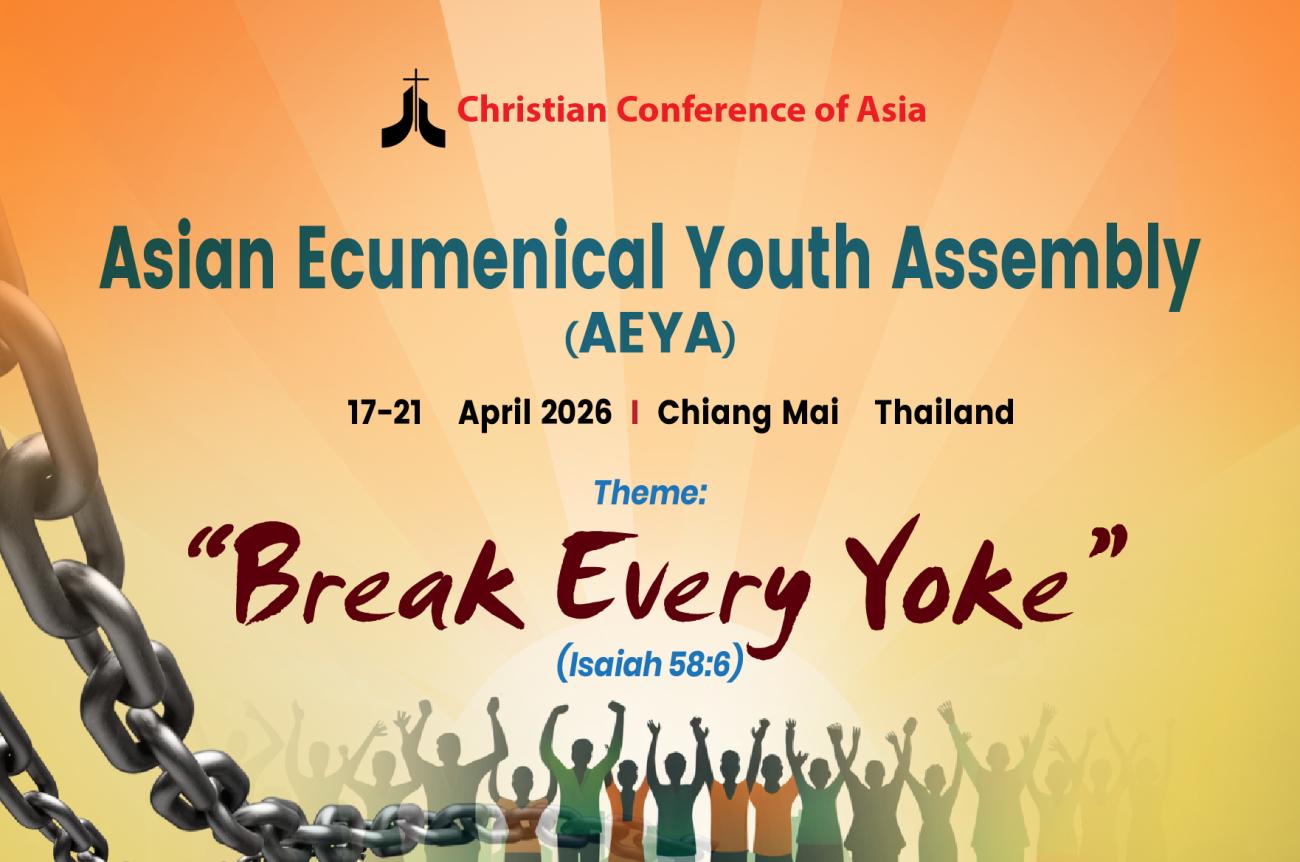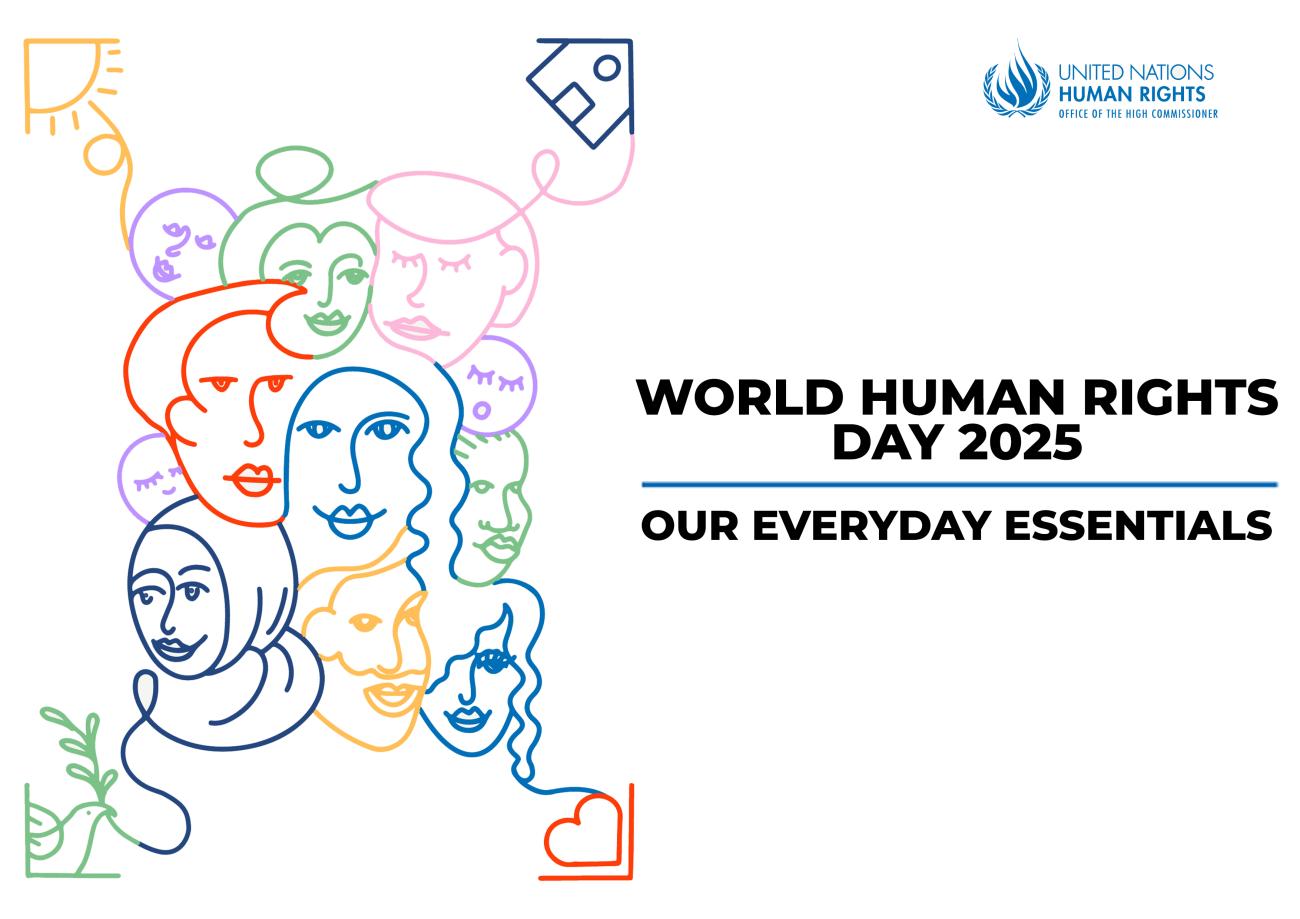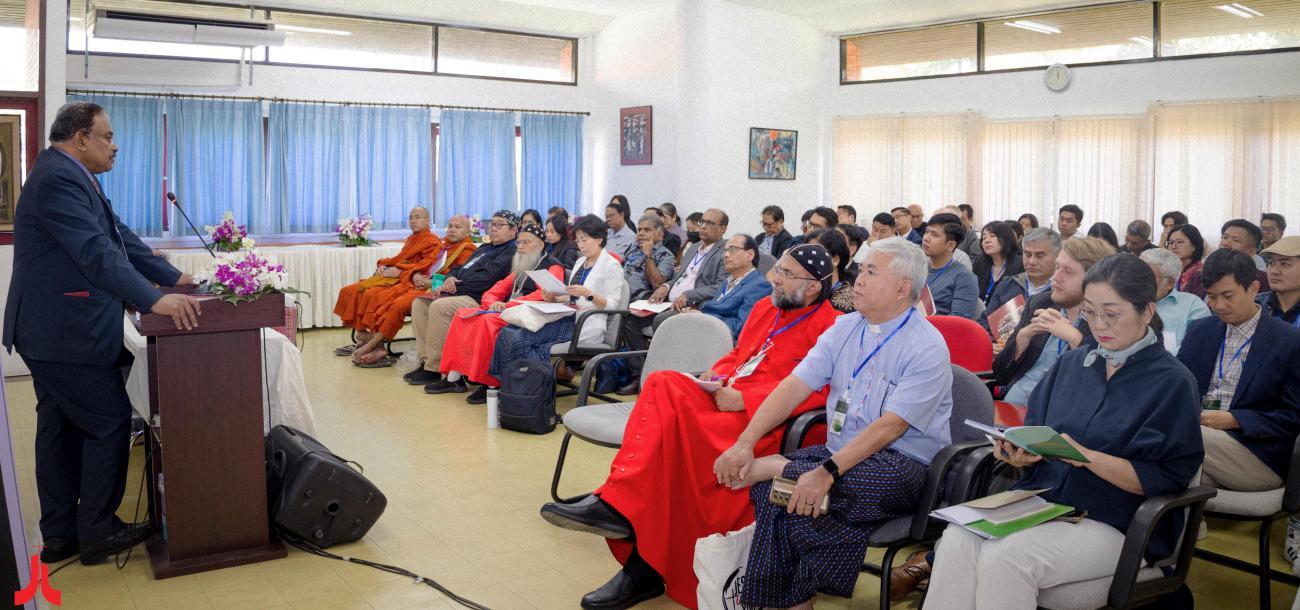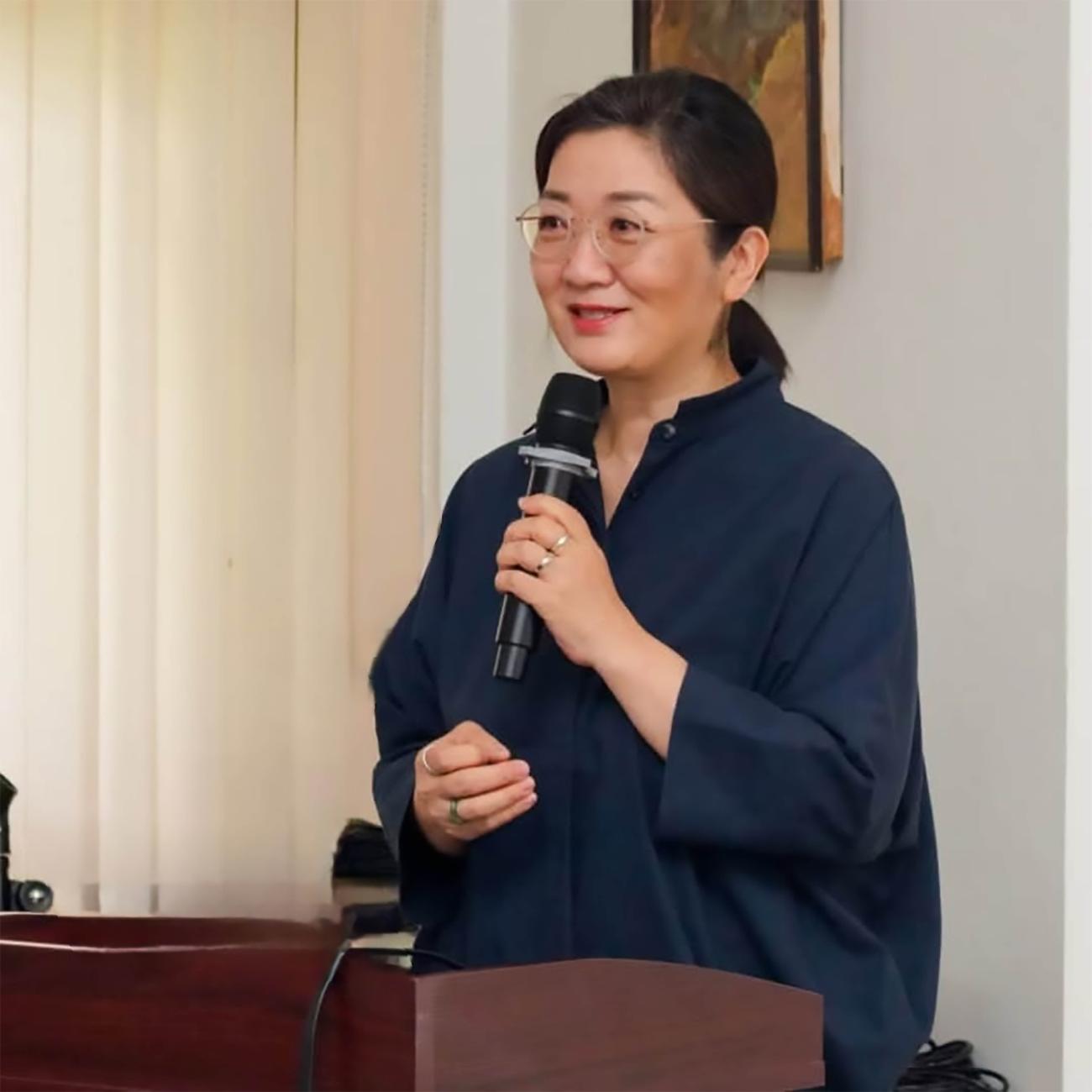ASEAN Mission Conference

ASEAN COMMUNITY 2015: Challenges and Opportunities for Churches
An ASEAN Mission Conference, jointly conducted by the Christian Conference of Asia (CCA) and the Church of Christ Thailand (CCT) called for more intra and inter-faith dialogue, sharing of scriptures and stories and blending of cultural expressions for peaceful co-existence. The conference that brought together 55 participants representing churches from the ten countries forming the ASEAN community, further called for economic co-operation through integration and sharing of resources; forging a common identity and forming a people-oriented, socially responsible community; and hoped that the ASEAN region would become the "fulcrum of geopolitical peace and stability in Asia."
The Conference, that is being held from 2-6 June 2014 at the CCT’s 75th Anniversary Building, Chiang Mai, Thailand aims to increase knowledge and understanding of the new ASEAN Community and its impact in the Asian region; redefine the vision and mission of churches in ASEAN communities, and identify strategies for sharing experiences, joint implementation, networking and closer participation in the future.
The Association of Southeast Asian Nations (ASEAN) is a political and economic organization of ten countries located in Southeast Asia, which was formed on 8 Aug 1967 by Indonesia, Malaysia, the Philippines, Singapore and Thailand. Since then, membership has expanded to include Brunei, Cambodia, Laos, Myanmar and Vietnam. Its aims include accelerating economic growth, social progress, and socio-cultural evolution among its members, protection of regional peace and stability, and opportunities for member countries to discuss differences peacefully.
ASEAN was preceded by an organization called the Association of Southeast Asia (ASA), an alliance consisting of the Philippines, Malaysia and Thailand that was formed in 1961. The bloc itself, however, was established on 8 August 1967, when foreign ministers of five countries – Indonesia, Malaysia, the Philippines, Singapore, and Thailand – met at the Thai Department of Foreign Affairs building in Bangkok and signed the ASEAN Declaration, more commonly known as the Bangkok Declaration. The five foreign ministers are considered the organization’s Founding Fathers. The motivations for the birth of ASEAN were so that its members’ governing elite could concentrate on nation building, the common fear of communism, reduced faith in or mistrust of external powers in the 1960s, and a desire for economic development.
On the occasion of the 30th anniversary, leaders adopted The ASEAN Vision 2020, based on a shared vision of ‘One Vision, One Identity, One Community.’ At the ASEAN Summit in 2003, it was resolved that an ‘ASEAN Community’ be established. The three pillars of regional co-operation were identified as the ASEAN Political-Security Community (APSC), ASEAN Economic Community (AEC) and the ASEAN Socio-Cultural Community (ASCC).
The conference provides the opportunity to deliberate on the ASEAN Vision 2020, with reference to the three pillars of the Community, along with the blue prints and the Initiative for ASEAN Integration; and the challenges and opportunities it poses to the people and religious communities. Worship, theme presentations and group discussions over the next two days are expected to facilitate in-depth understanding and awareness of the post 2015 vision, plan and recommend a road map for churches to be relevant in a community that looks forward to be seamless in its efforts to bring peace, prosperity and progress in the region.







